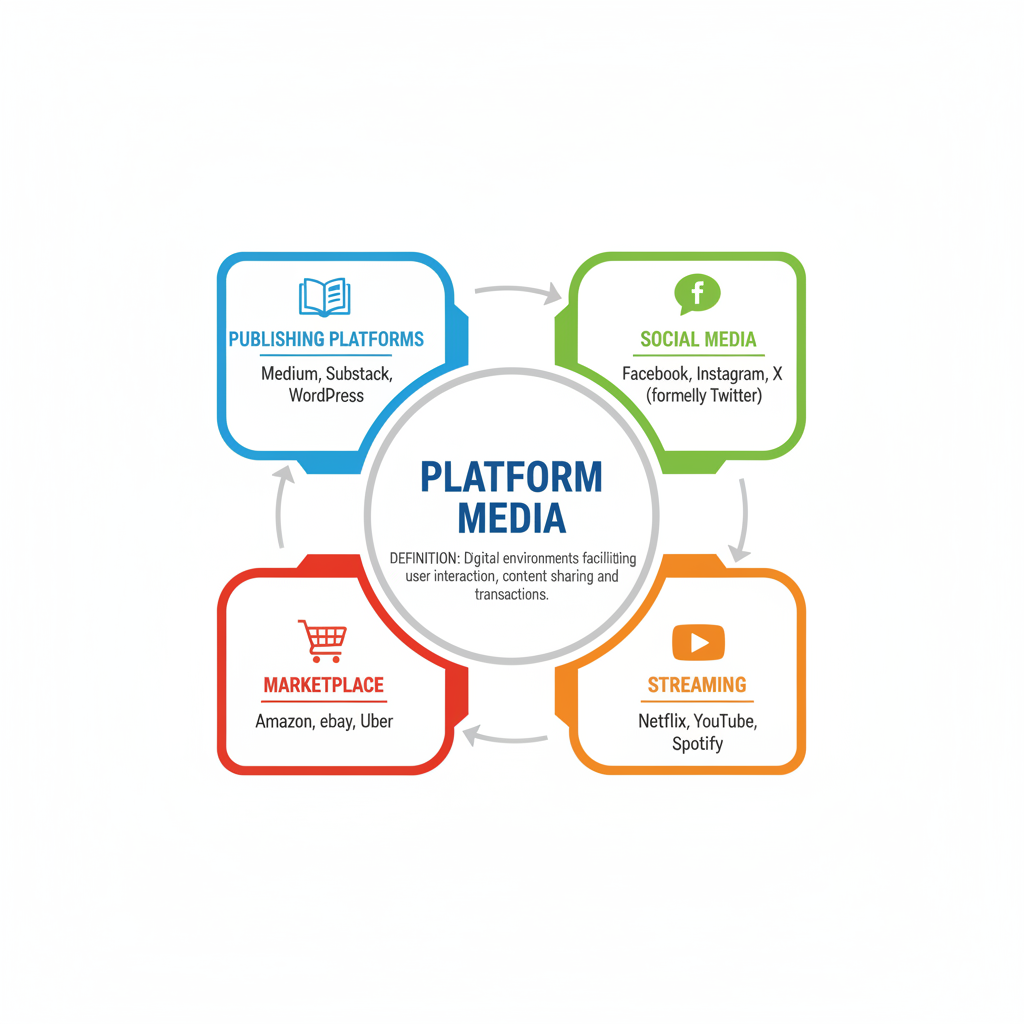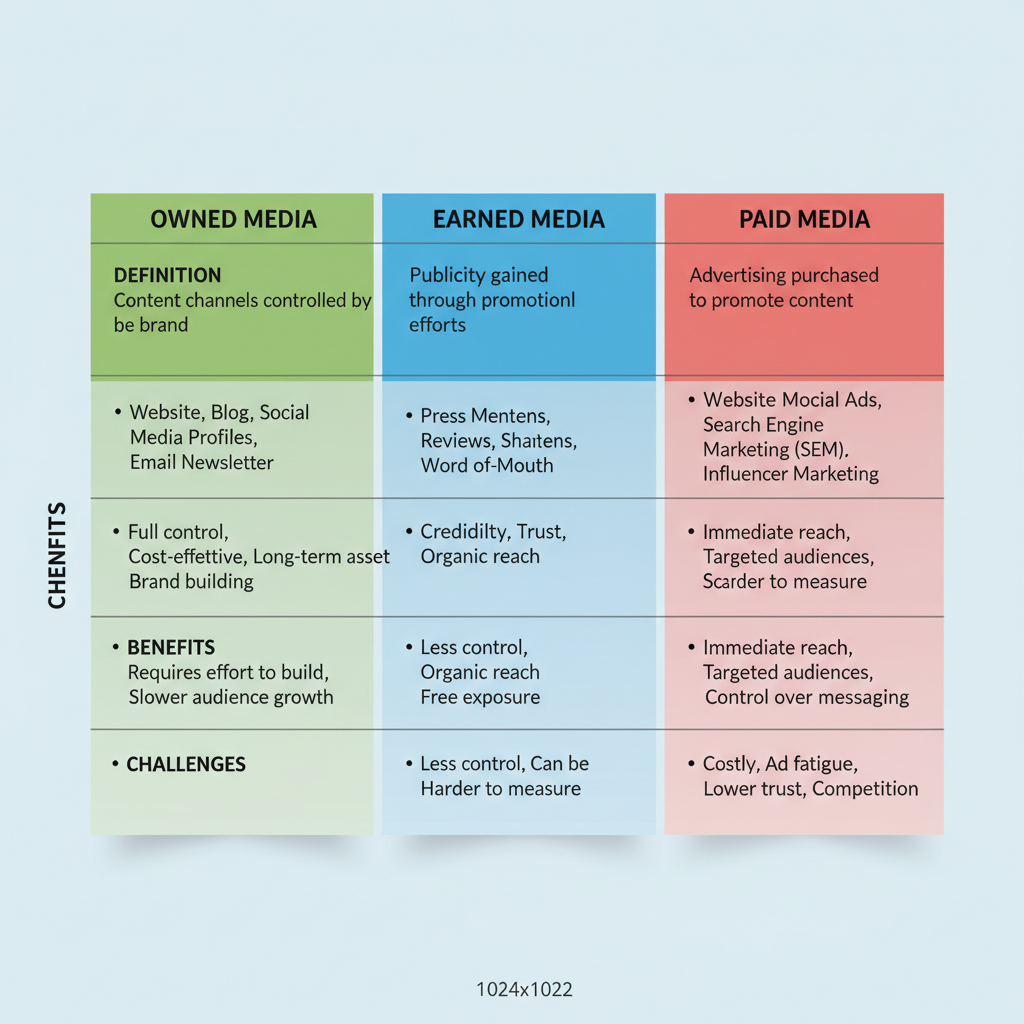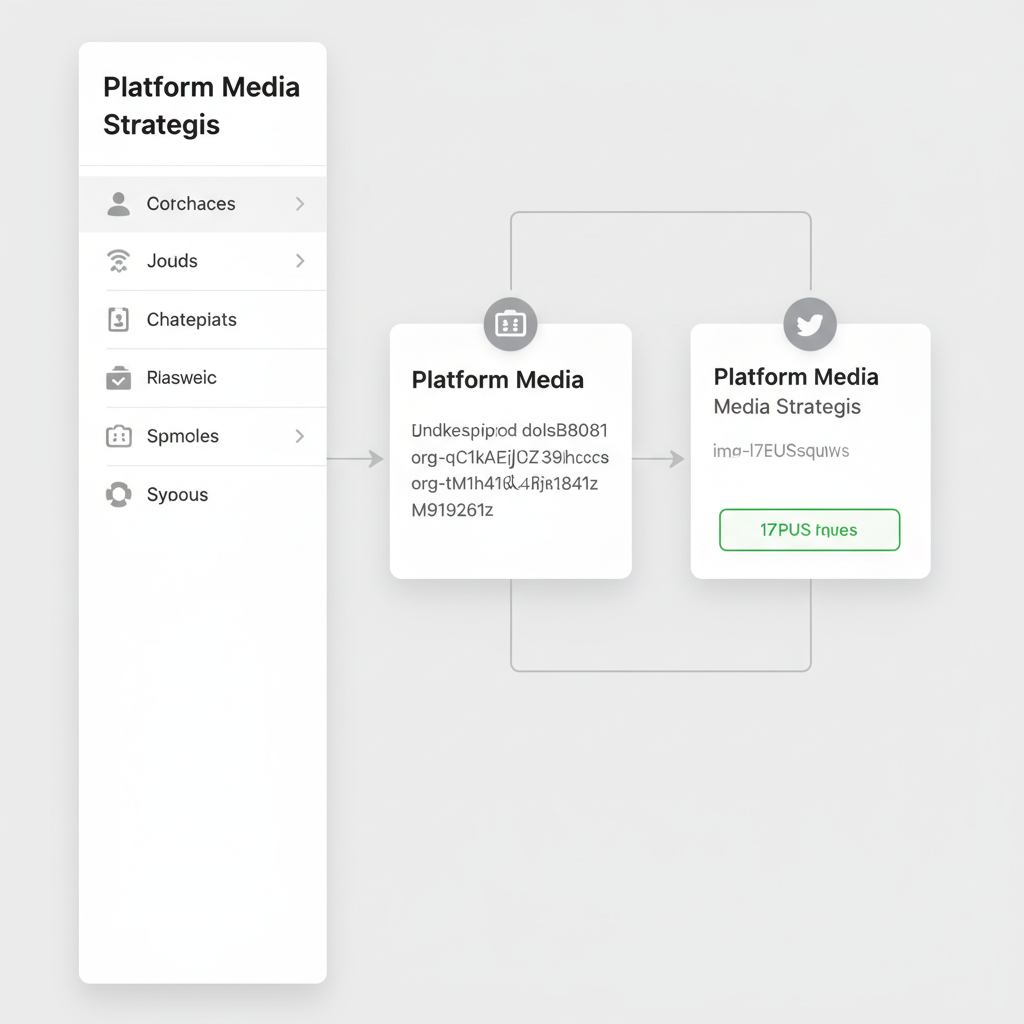Platform Media Strategies for Driving Business Growth
Learn how to leverage platform media like social, streaming, marketplaces, and publishing hubs to boost brand visibility, engagement, and sales.

Platform Media Strategies for Driving Business Growth
In the modern digital marketplace, platform media strategies are essential for businesses aiming to boost brand visibility, strengthen customer engagement, and accelerate revenue growth. Leveraging platforms such as social networks, marketplaces, streaming services, and publishing hubs enables companies to tap into built-in audiences and advanced distribution systems without starting from scratch. This guide explores what platform media is, types of platforms, and the actionable tactics that drive impactful business outcomes.

---
What Is Platform Media and Why It Matters
Platform media covers content creation, advertising, and audience engagement conducted within large, established digital ecosystems. These intermediaries connect brands, creators, and publishers with consumers, managing discovery, distribution, and monetization.
Prominent examples include:
- Social networks (Facebook, LinkedIn)
- Streaming services (YouTube, Spotify)
- Marketplaces (Amazon, Etsy)
- Publishing hubs (Medium)
Key reasons platform media matters:
- Massive Reach: Billions of users actively engage daily.
- Targeted Distribution: AI-driven algorithms match relevant content to audiences.
- Scalable Advertising: Robust tools for paid promotion.
- Brand Trust: Affiliation with reputable platforms boosts credibility.
---
Types of Platform Media
Recognizing different platform categories ensures alignment with audience preferences and behaviors.

Social Media Platforms
Instagram, TikTok, Twitter (X), and LinkedIn thrive on real-time interactions, community building, and short-form engagement. Ideal for brand storytelling, influencer partnerships, and viral campaigns.
Streaming Platforms
Services such as YouTube, Twitch, Spotify, and Apple Podcasts provide live and on-demand formats, enabling deep, immersive content experiences.
Marketplace Platforms
E-commerce centers like Amazon, eBay, and Etsy succeed through product visibility, verified reviews, and efficient fulfillment systems.
Publishing Platforms
Medium, Substack, and WordPress.com excel with long-form written content, facilitating niche audience building and thought leadership.
---
Owned, Earned, and Paid Media Platforms: Key Differences
Allocating resources effectively across media types is critical.
| Media Type | Definition | Examples | Benefits | Challenges |
|---|---|---|---|---|
| Owned Media | Channels under your direct control | Official website, company blog, branded social pages | Complete control, cost-friendly over time | Growth in reach may be gradual |
| Earned Media | Organic publicity without paid promotion | Mentions, shares, backlinks, customer reviews | High trust and credibility | Unpredictable volume, difficult to scale systematically |
| Paid Media | Visibility purchased via advertising spend | Sponsorships, display ads, promoted posts | Instant reach, laser-focused targeting | Requires ongoing investment, potential overreliance |
---
Identifying the Right Platform Media for Your Goals
Match platform selection to clear objectives:
- Brand Awareness: Focus on social and streaming networks.
- Lead Generation: Leverage LinkedIn, Facebook, targeted marketplaces.
- Direct Sales: Utilize marketplace platforms with built-in transactions.
- Thought Leadership: Tap into publishing hubs and professional networks.
Conduct audience and competitor research to ensure time and budget are directed toward the platforms with the greatest potential ROI.
---
Building a Consistent Content Strategy Across Multiple Platforms
Delivering cohesive messaging across diverse channels reinforces brand recognition.
- Unified Branding: Consistent design, tone, and messaging.
- Platform-Specific Optimization: Tailor formats for each environment (e.g., vertical video for TikTok, SEO-driven articles for Medium).
- Content Calendar: Schedule posts to maintain audience engagement.
- Cross-Promotion: Direct followers from one platform to another.
Example workflow:
1. Produce a central content asset (e.g., whitepaper).
2. Reformat into articles, infographics, and clips.
3. Publish adapted content on selected platforms.
4. Analyze results, refine strategy.---
Using Analytics to Track Platform Performance and Engagement

Monitoring metrics allows informed decision-making:
- Reach & Impressions: Measure visibility.
- Engagement Rate: Assess interaction quality.
- Conversions: Determine sales or leads from specific posts.
- Audience Demographics: Identify engaging segments.
Employ native analytics tools or third-party platforms to benchmark and optimize performance across channels.
---
Case Studies of Successful Platform Media Campaigns
Multi-Platform Product Launch
An apparel brand rolled out a new collection using:
- Instagram Reels for teasers
- YouTube behind-the-scenes content
- Amazon for direct purchasing
Result: 40% sales increase compared to prior launches, with Instagram driving awareness and Amazon converting sales.
Thought Leadership Growth
A SaaS founder leveraged Medium for articles, LinkedIn for highlights, and Twitter for discussions.
Outcome: 25% uplift in inbound leads plus speaking opportunities.
---
Common Platform Media Pitfalls
Avoid these frequent errors:
- Platform Uniformity: Posting identical formats everywhere diminishes engagement.
- Ignoring Analytics: Risk of inefficient spending without performance data.
- Overdependence on One Platform: Vulnerable to policy or algorithm changes.
- Irregular Posting: Failing to maintain momentum.
- Minimal Interaction: Broadcasting without engagement leads to audience drop-off.
---
Future Trends in Platform Media
Emerging shifts include:
- AI Personalization: Hyper-targeted feeds powered by machine learning.
- Augmented Reality: Interactive, immersive experiences integrated into platforms.
- Decentralized Networks: Enhanced user control over data and monetization.
- Embedded Shoppable Content: Instant purchase capabilities within content streams.
Brands adopting these early will gain competitive advantages.
---
Action Plan for Leveraging Platform Media
- Audit Current Presence: Map your channels and track activity.
- Set SMART Goals: Specific, measurable, achievable, relevant, time-bound.
- Prioritize Platforms: Focus on 2–3 with highest strategic fit.
- Create Tailored Content: Align format with platform audience.
- Implement Analytics Dashboards: Regularly review KPIs.
- Iterate: Adjust approaches based on results and trends.
---
Summary and Next Steps
Platform media strategies enable brands to merge reach, engagement, and conversion within powerful ecosystems, driving measurable growth. By understanding platform categories, distinguishing between owned, earned, and paid media, and applying a consistent, data-driven approach, your business can thrive in today’s dynamic digital landscape. Start your platform media audit today and position your brand to capture new opportunities across multiple channels.




